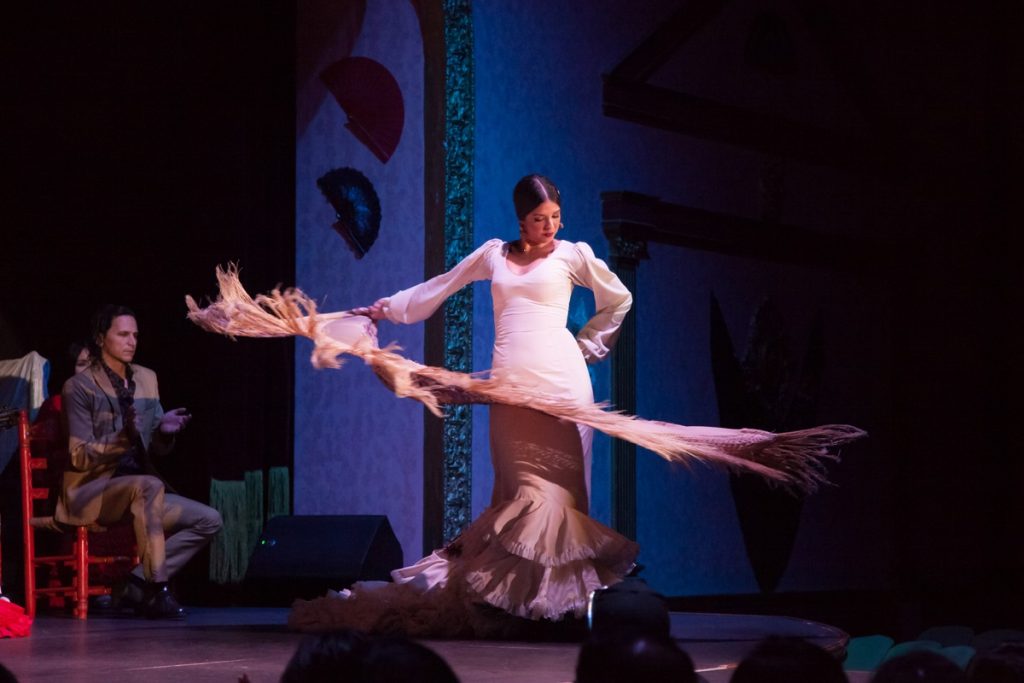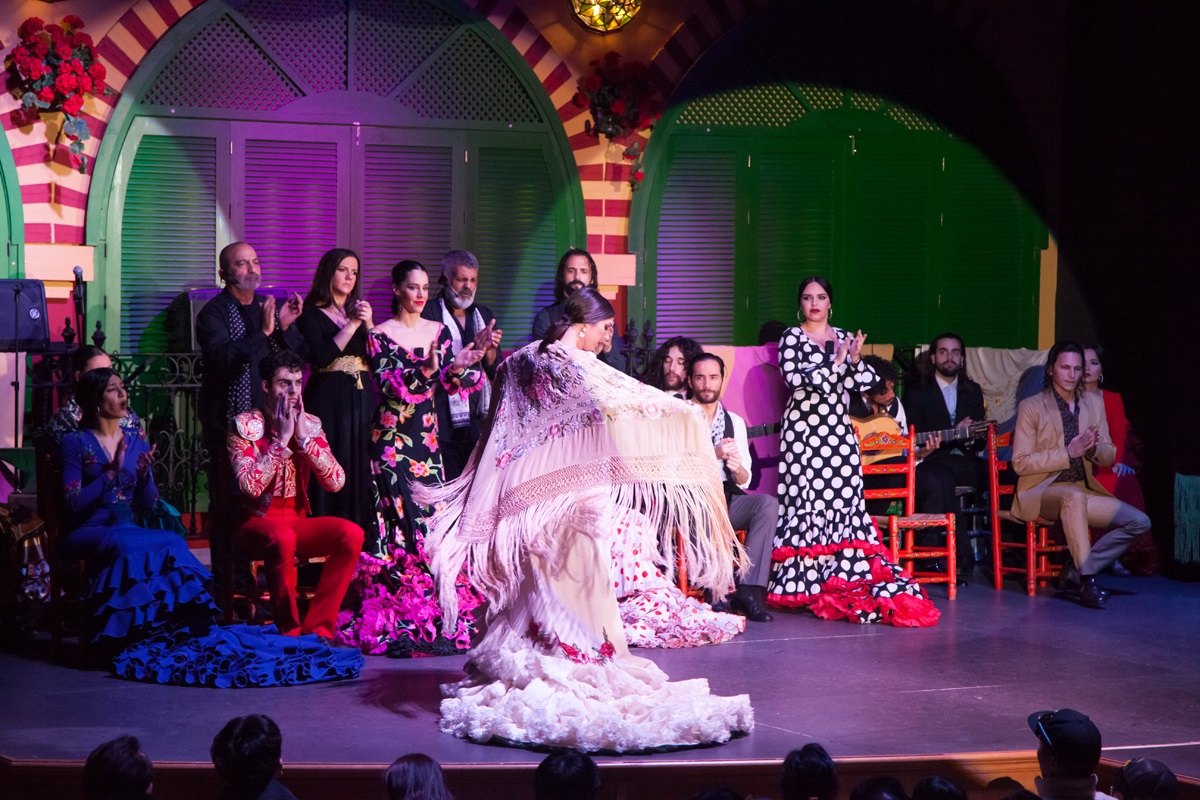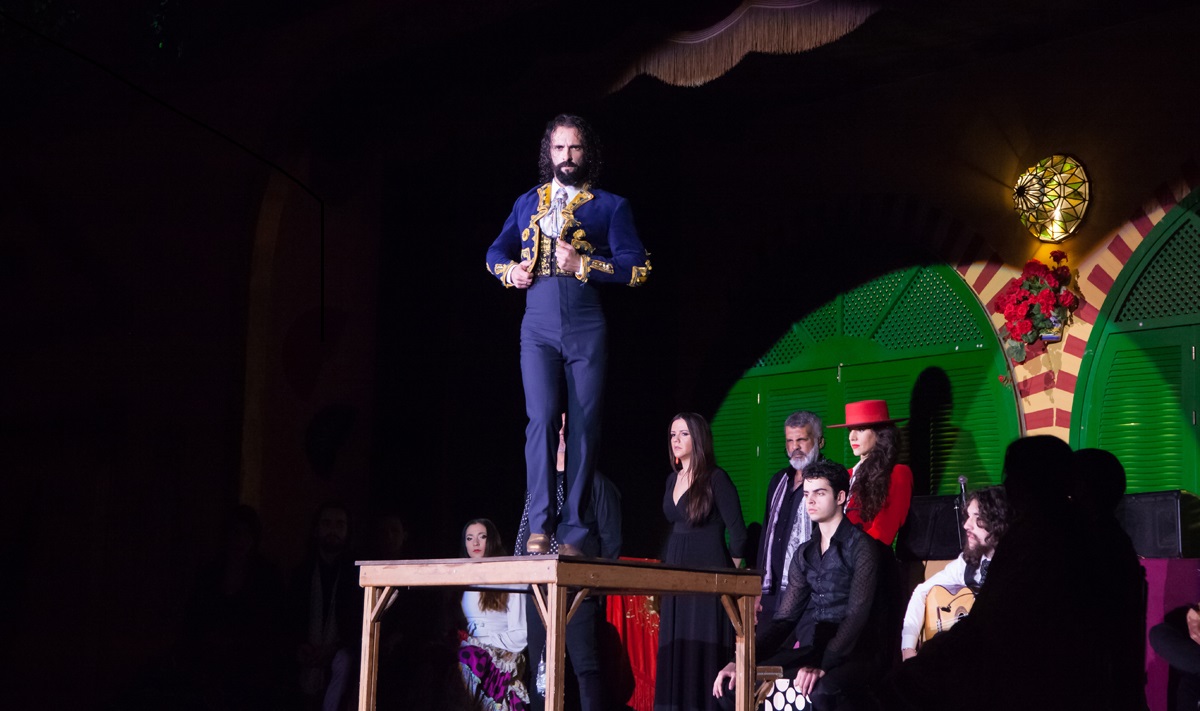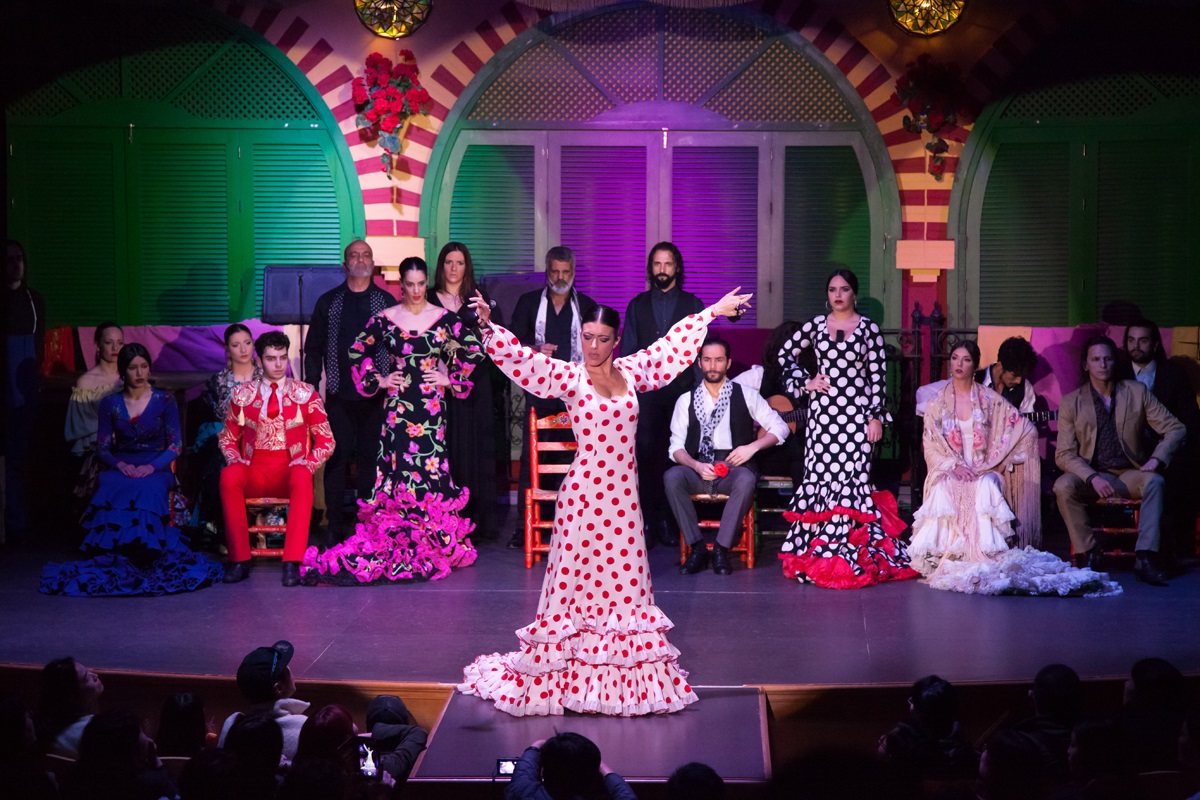
What is flamenco art? It seems a question with an easy answer, however, flamenco for many is more than just musical genre. Although from the point of view, let’s say ‘formal’ and resorting to the dictionary, it is defined as “said of a cultural manifestation or of its interpreter: of Andalusian popular character and often linked to the gypsy people”, flamenco stands as a of the richest, most diverse and most recognized artistic manifestations in the world.
Many factors have made this possible today, that is, that flamenco art be recognized and admired internationally. Throughout its history, it has experienced different stages to become an artistic expression that is appreciated and practiced throughout the world.

Trying to specify and answer the question with which we started this post, let’s say that flamenco is an art that is presented in two variants: music and dance. Within music, singing and guitar have a fundamental role, although there are other percussion instruments such as castanets or cajón, and accompaniments such as palms, which are also usually present in a flamenco show.
The dance is another essential of this art, perhaps it is the most expressive and striking part for the public. Not surprisingly, when the flamenco dance made the leap to the old cafés cantantes (origin of the current flamenco tablaos), the brilliance that the dancers granted over the stage and the passion they put in their performances aroused the attention of the spectators , getting steal from singing.
The dance is very effusive and each part of the body moves in a coordinated way: the feet, the legs, the hips, the waist, the arms, the hands, the fingers, the shoulders, the head … A zapateado, a desplante, a remate, a vuelo de volantes or a quiebro arouse emotions on a stage because it is an artistic expression that, fortunately, is still very much alive, thanks to spaces such as flamenco tablaos, which celebrate live performances.
Flamenco is a very rich and complicated art. It is made up of more than a hundred flamenco styles, which are each of the styles of singing, that is, the different modalities that exist and that are grouped according to their origin, metric or if accompanied by dance or guitar, among other features.

The traditional division distinguishes between the basic songs, the fandangos and their derivatives and, finally, those flamenco styles that have regional or American influences.
Each flamenco style has a structure, which includes a fixed and a variable part. The fixed part is what allows the cast of artists to go at the same time or ‘al compás‘, especially when they act in a group on stage. The variable refers to ‘improvisation’, one of the peculiarities of this emotion-laden art. It is usual that, on the structural elements, artists put their personal seal during their performance. Respond to that ‘sentimental’ burden that this art possesses.
Simplifying, the styles could be grouped into two groups:
The Flamenco Jondo (hondo), that is to say the one that refers to a serious style, that expresses deep feelings and with more tragic references. They are the styles whose theme is linked to love, grief, death or disappointment, and is danced with an intimate expression.
Perhaps it is a more difficult style to understand for those who are not initiated into flamenco. Martinete, minera, soleá, tiento or farruca are styles included in this category.
On the other hand, Flamenco Festero groups the happiest styles of this art. They are also more popular and known and are usually performed at parties and celebrations in Andalusia. Its theme revolves around more lively and jocular feelings. Sevillanas, rumba, tanguillos, alegrías or bulerías are part of this group of flamenco styles.
Given that we are facing a very rich art, not all interpretations are easy to classify. But if there is something that all styles have in common, it is the feeling and emotion that this artistic expression possesses.

The origin of flamenco is in the Andalusian region, which makes Seville one of the cradles of flamenco in Andalusia, an art that has become a cultural attraction in this city, dotted with flamenco tablaos that keep alive the spirit of this universal art.
If you visit the Andalusian capital, take advantage of your stay to see a flamenco show live in Seville, a highly recommended experience to enjoy the strength, talent, art and goblin of a dance, a song and a guitar.
El Palacio Andaluz is a tablao referent in the Spanish capital. Every day it celebrates two shows, at 7:00 p.m. and 9:30 p.m., which can be seen while having dinner. Follow our recommendation and don’t miss a live flamenco show. You can make your reservation online to choose the day and time that best suits your preferences.
If you visit Seville, do not hesitate, approach a universal art like this. Only then will you be able to answer our initial question and understand what flamenco is and why it has become such an recognized art in the world.
© 2024 El Palacio Andaluz. All rights reserved.